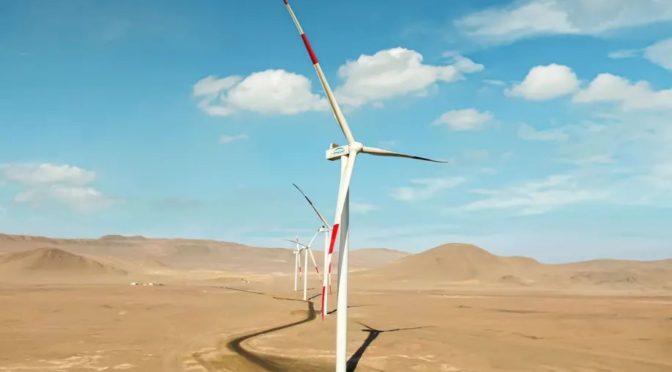The Western Sahara, a region characterized by its vast arid landscape and relentless winds, has long been known for its untapped potential in renewable energy. In recent years, there has been a growing interest in harnessing the power of the wind to provide a sustainable energy solution for the region. With an estimated 2,000 kilometers of coastline and wind speeds averaging 7.5 meters per second, the Western Sahara is considered one of the most promising locations for wind energy development in the world.
The potential of wind power in the Western Sahara has not gone unnoticed by international investors and renewable energy companies. Several large-scale wind farm projects have been proposed, with the aim of generating electricity for both domestic consumption and export to neighboring countries. One such project is the Tiskrad Wind Farm, which is expected to have a capacity of 300 megawatts (MW) once completed. This project alone could generate enough electricity to power over 1.5 million homes, significantly reducing the region’s reliance on fossil fuels and lowering greenhouse gas emissions.
In addition to the environmental benefits, the development of wind power in the Western Sahara offers a range of social and economic advantages. For a region that has long been plagued by political instability and conflict, the prospect of a thriving renewable energy sector could provide much-needed job opportunities and stimulate economic growth. The construction and maintenance of wind farms require a skilled workforce, and the development of this industry could lead to the creation of thousands of jobs for local residents.
Furthermore, the revenue generated from the sale of electricity produced by wind farms could be used to fund vital infrastructure projects and improve the quality of life for those living in the Western Sahara. This includes investments in education, healthcare, and transportation, all of which are essential for the long-term development and stability of the region.
However, the development of wind power in the Western Sahara is not without its challenges. One of the primary concerns is the potential impact on the region’s delicate ecosystem and the migratory bird species that inhabit the area. To address this issue, comprehensive environmental impact assessments must be conducted before any wind farm projects can proceed. This will ensure that the potential risks to the environment and wildlife are thoroughly assessed and mitigated.
Another challenge is the need for a robust and reliable transmission infrastructure to transport the electricity generated by wind farms to consumers. This will require significant investment in grid upgrades and the construction of new transmission lines, which can be both costly and time-consuming. However, with the right planning and support from international partners, these challenges can be overcome, paving the way for a sustainable energy future in the Western Sahara.
In conclusion, the Western Sahara holds immense potential for wind power development, offering a sustainable energy solution that could transform the region’s economy and improve the lives of its residents. By harnessing the power of the wind, the Western Sahara can reduce its reliance on fossil fuels, lower greenhouse gas emissions, and contribute to global efforts to combat climate change. With careful planning and the support of international partners, the development of wind power in the Western Sahara can become a reality, providing a beacon of hope for a brighter, more sustainable future in the region.


